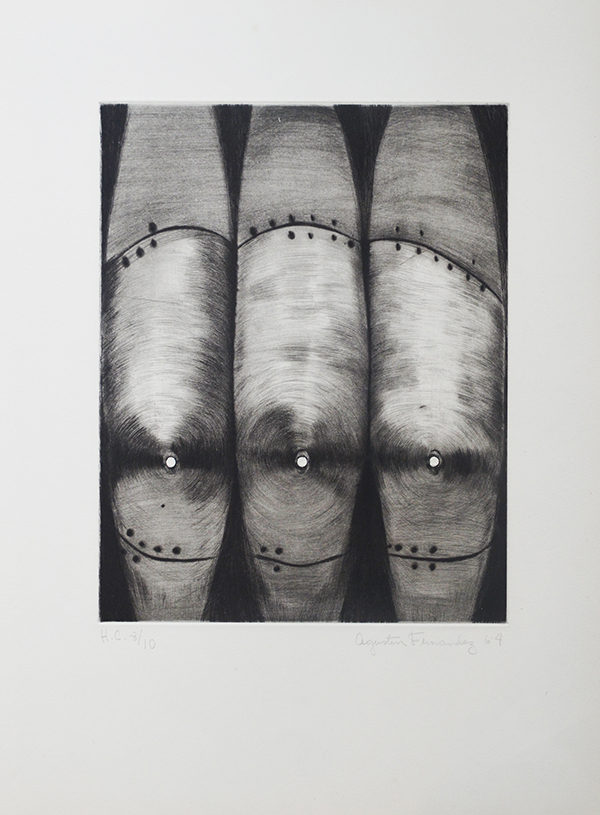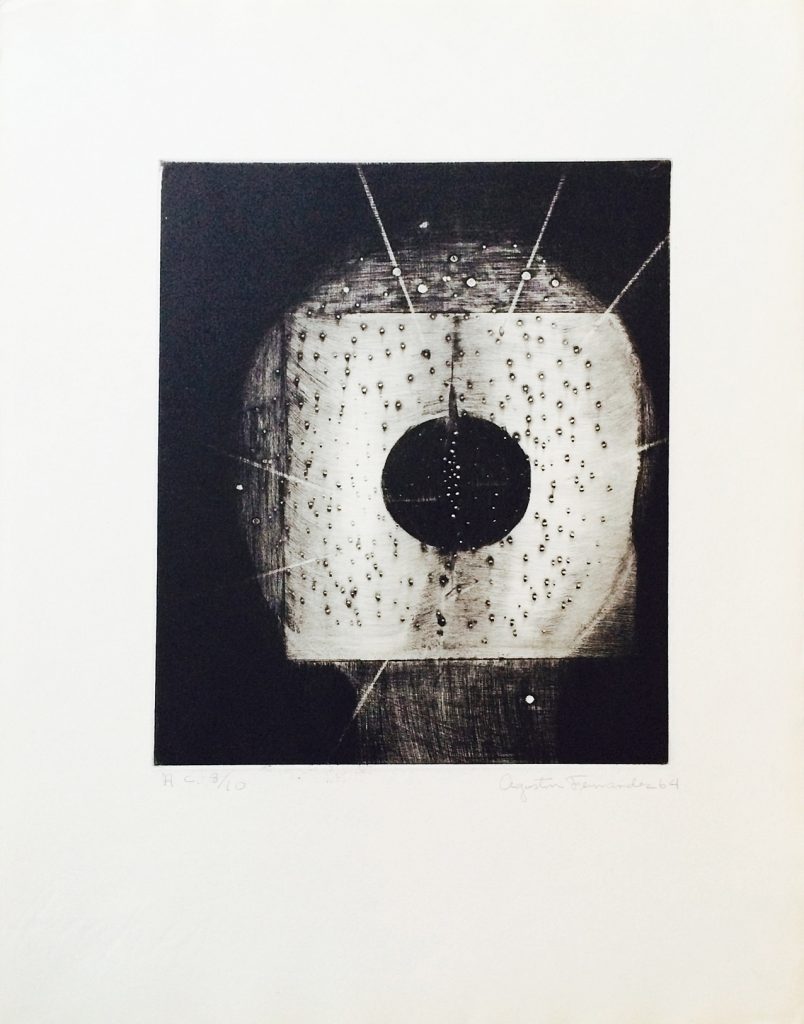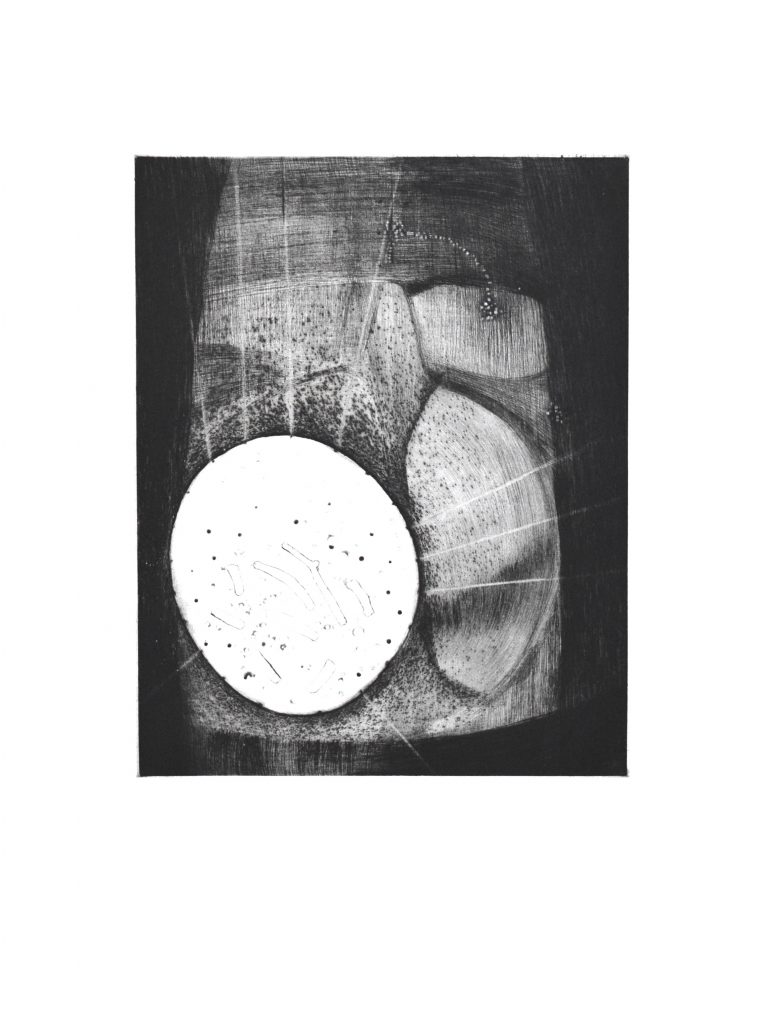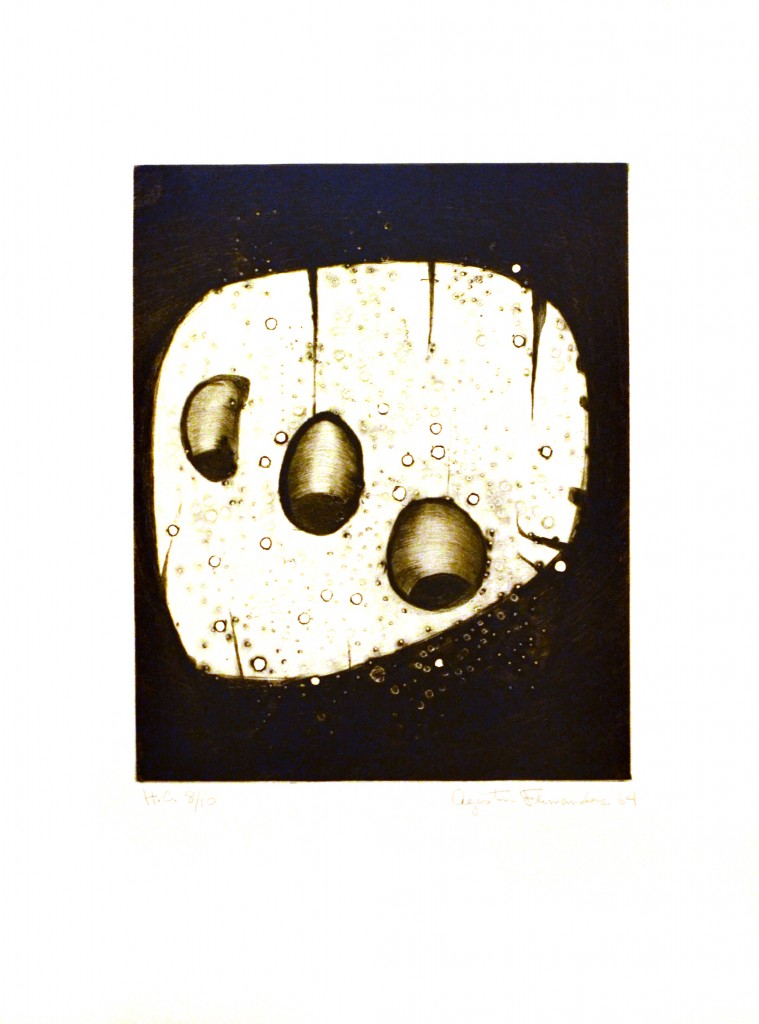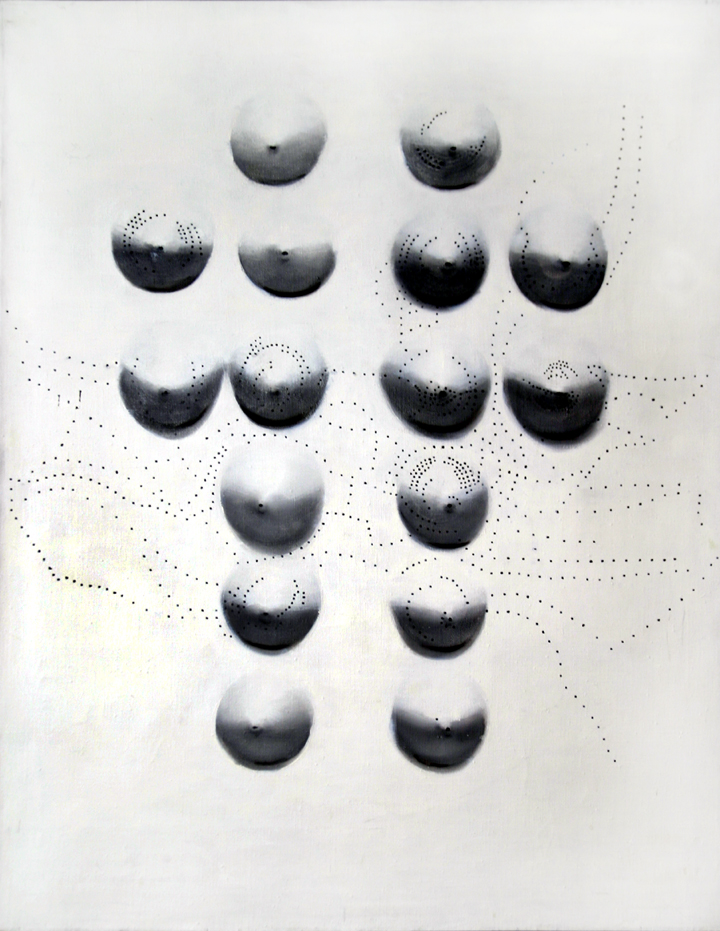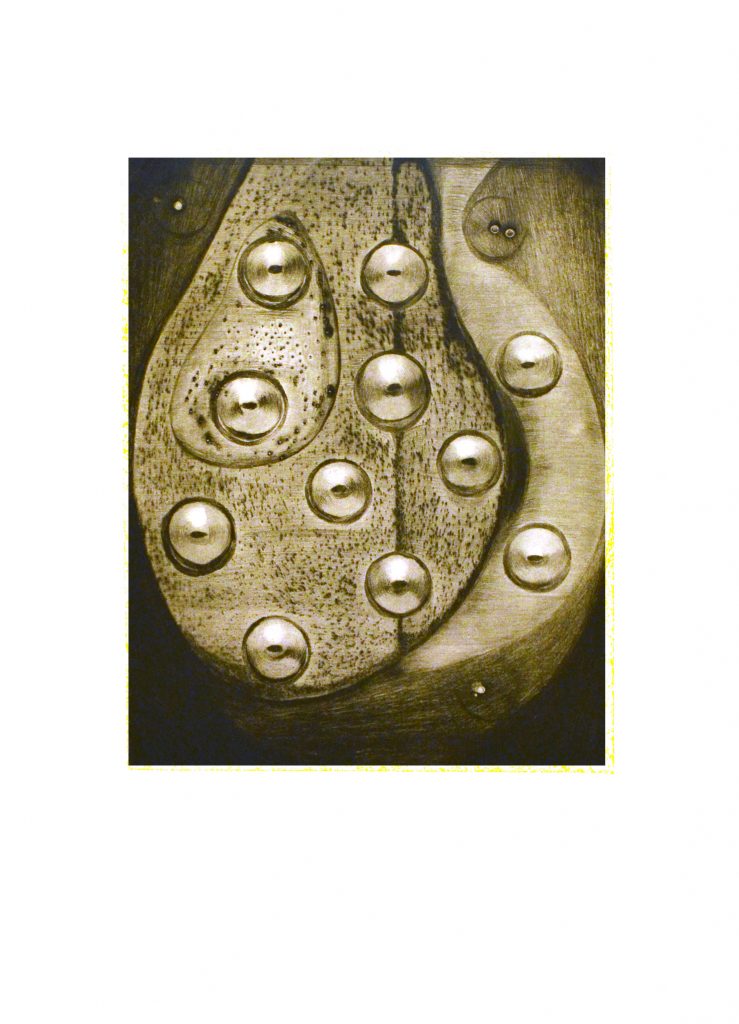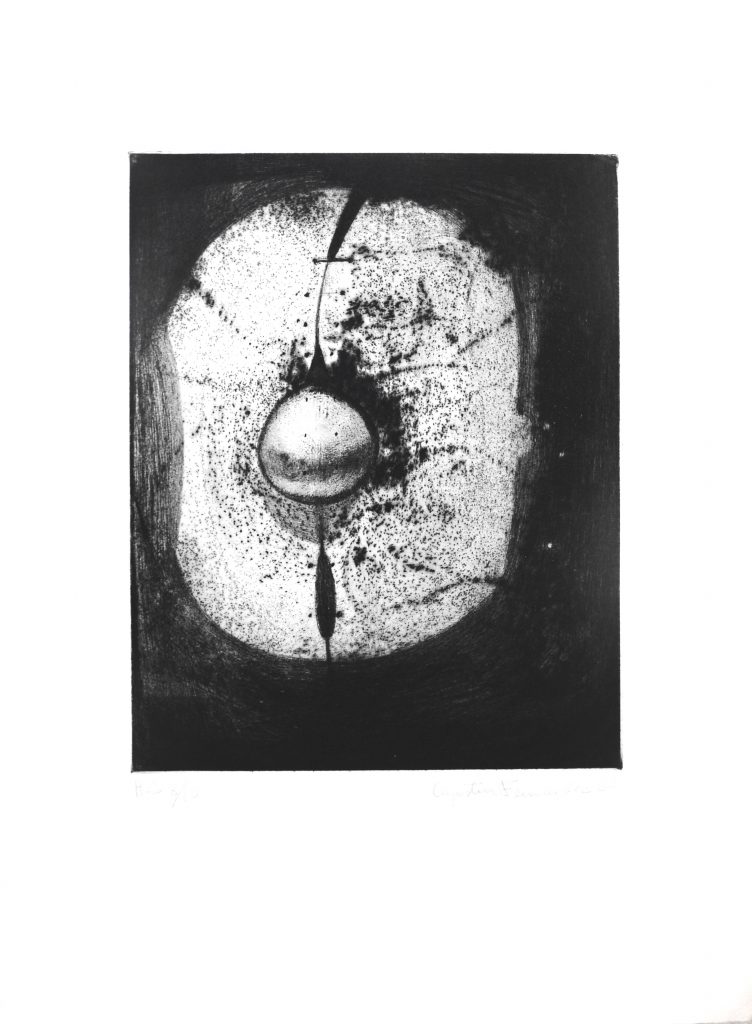(1928 - 2006)
Agustin Fernandez
Agustin Fernandez is one of the most significant of the exiled Cuban artists in the development of international modernism. Although he has been classified as a surrealist throughout his career, his work draws from a wide realm of visions, inventions and contortions. While not abstract in approach, his work does not represent objective realty, instead depicting unconscious yearnings, obsessions, and fantasies. In 1959 Fernandez moved to Paris, where he would remain for more than 10 years, producing a series of erotic work. While his work of the 50's was more colorful, after a beige period, Fernandez's work of the 60's moved to a more limited palette of black and white. His ambiguous, yet provocative paintings combine soft, fleshy human-like forms contrasted with hard metallic surfaces. Using the machine as reference, his work conjures subconscious, often erotic imaginings. In 1968, after moving to Puerto Rico, and destroying much of his earlier work, he began to work in collage, and continued to explore the armor-like metal facades. He would also create three-dimensional objects, like those of Duchamp or Man Ray. Slowly color started to reappear, but Fernandez continued to represent the sometime conflicting, often emotional, human conditions.
Selected Collections
Jack S. Blanton Museum of Art, University of Texas, Austin, TX
Brooklyn Museum of Art, Brooklyn, New York
Cabinet des Estampes. Bibliothèque National, Paris, France
JP Morgan Chase Collection, New York, NY
Cintas Foundation, Miami, FL
Círculo de Bellas Artes, Maracaibo, Venezuela
Detroit Institute of Art, Detroit, MI
The Frost Art Museum, Florida International University, Miami, FL
Godwin-Ternbach Museum, Queens College, NY
Library of Congress, Washington, D.C.
Lowe Art Museum, University of Miami, Coral Gables, FL
Miami-Dade Public Library, Miami, FL
Selected Works
